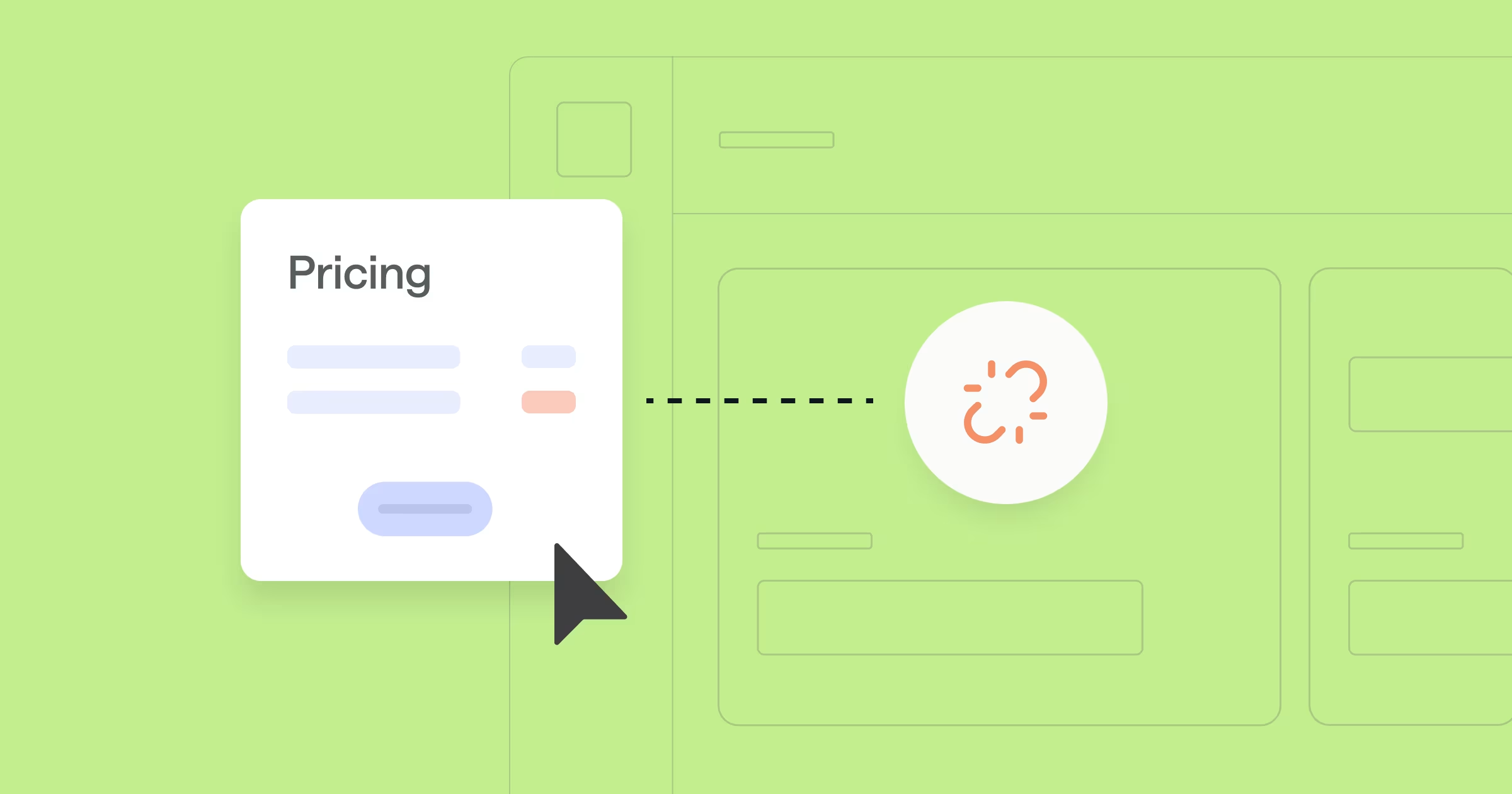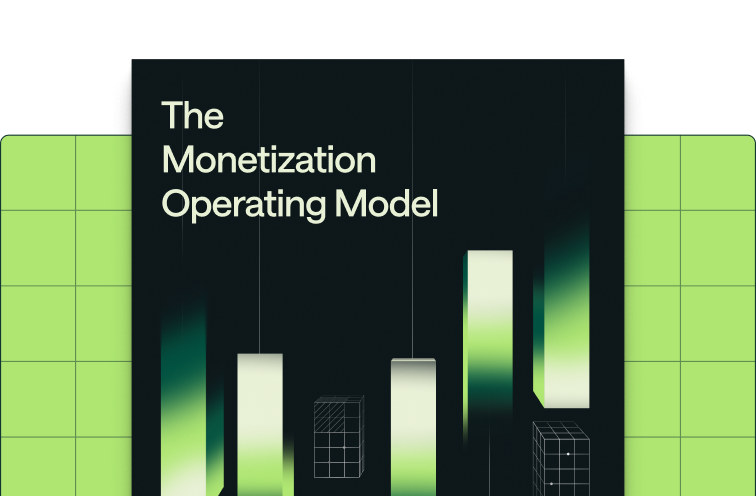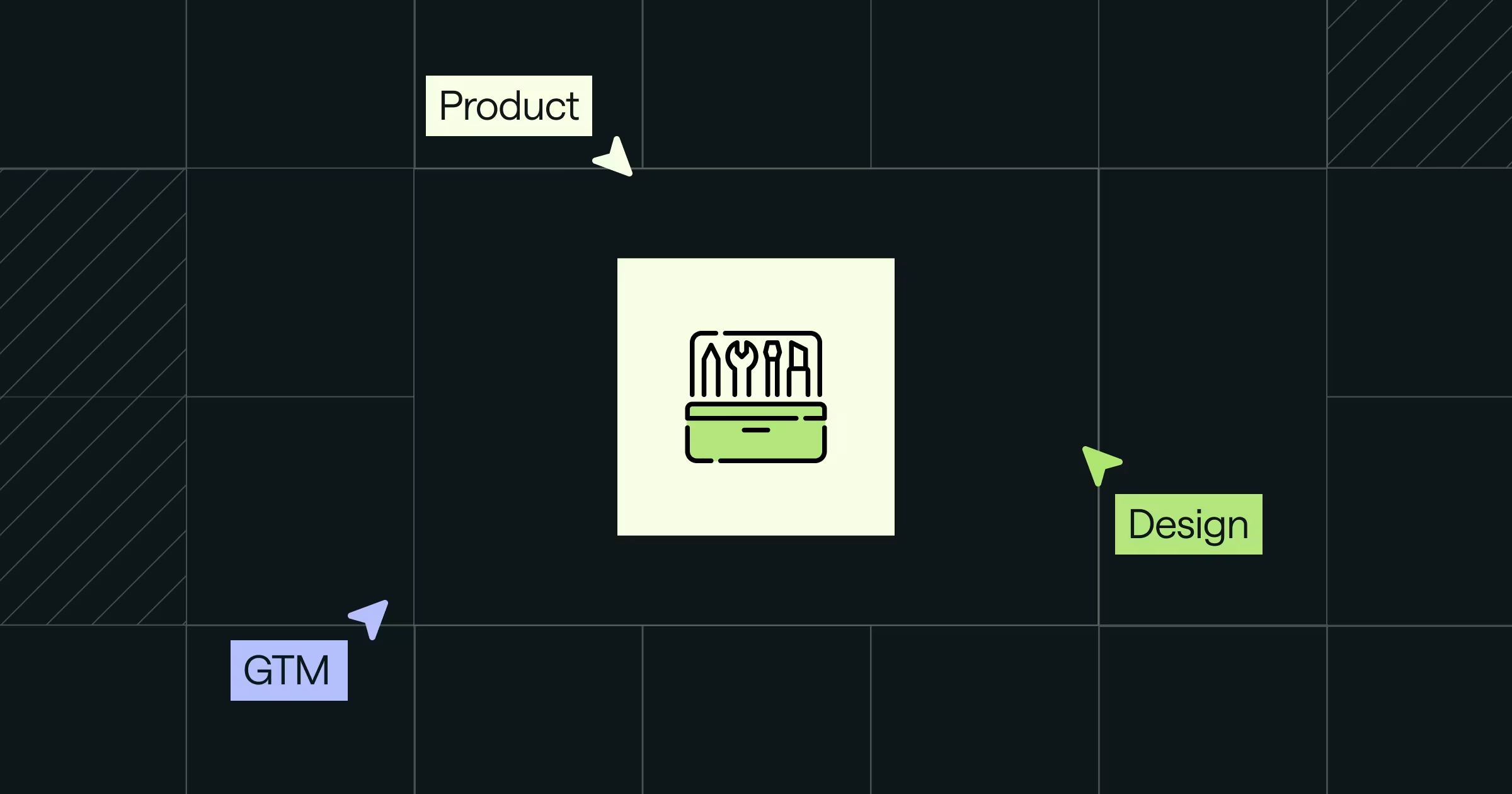Share
The cost of invisibility, unpredictability, and surprise.
When teams talk about pricing, they often treat it as a business model decision: Should we charge per seat? Per API call? Flat-rate or usage-based?
What they don’t realize—until it’s too late—is that pricing also defines the customer experience. And when it breaks, it doesn’t just cause friction. It erodes trust.
We’ve seen this play out publicly in the last few months: new pricing rollouts triggering confusion, backlash, and even churn. Not because the pricing was “wrong,” but because the rollout lacked what every user expects: visibility, predictability, and control.
When pricing surprises, users churn
Here’s what often goes wrong:
- No real-time visibility: Users can't see what they’re consuming or how much it costs. Dashboards lag—or worse, don’t exist.
- Unpredictable usage spikes: Changes in behavior (especially with AI agents) can cause bills to spike overnight. Users feel blindsided.
- No levers to control spend: No alerts. No soft limits. No throttling or guardrails. Just an email: “You’re out of credits.” Or a worse subtext: "You owe more than you planned to spend."
- Confusing metric changes without clarification: Switching the billing metric from “requests” to “tokens” sounds logical internally, but to users, it feels like the rules changed without explanation.
Even if the total cost is fair, the users' perception of value breaks down when they feel out of control.
This isn’t just bad customer experience. It’s a monetization failure.
Pricing is one of the few product features every customer interacts with—and remembers.
When it’s invisible, people assume the worst. When it’s unpredictable, they pull back. When they don’t understand it, they don’t trust it.
This is especially true for AI-native products, where consumption is dynamic, usage is hard to estimate, and the stakes are high.
The solution: Design for visibility, predictability, and control
At Metronome, we help companies avoid these rollout risks by treating pricing like a product system. That means:
- Clear usage dashboards for internal teams and end customers
- Proactive alerts and spend tracking to keep users in control
- Testable pricing logic that adapts in real time
- Support for hybrid models that don’t force unnatural constraints
Pricing is no longer static. It’s dynamic, real-time, and integrated into every part of the customer experience. The companies that recognize this—and build for it—win.
About this series
“Pricing Is a Product” is a series exploring how modern teams are rethinking monetization. From real-world missteps to system design principles, we’ll break down how to build pricing models that are visible, predictable, and built for scale.
Part 1: Pricing Is a Product: Why It’s a Top Priority
Part 2: What Happens When Pricing Breaks the Product (and the Customer Experience)
Up next → Part 3: AI Agents Changed the Game. Pricing Hasn’t Caught Up.
Part 4: Pricing Experiments Shouldn’t Break Finance
Part 5: The Monetization Operating Model
Part 6: The Infrastructure for Value Monetization
→ Check out our new whitepaper expanding on this framework: The Monetization Operating Model











